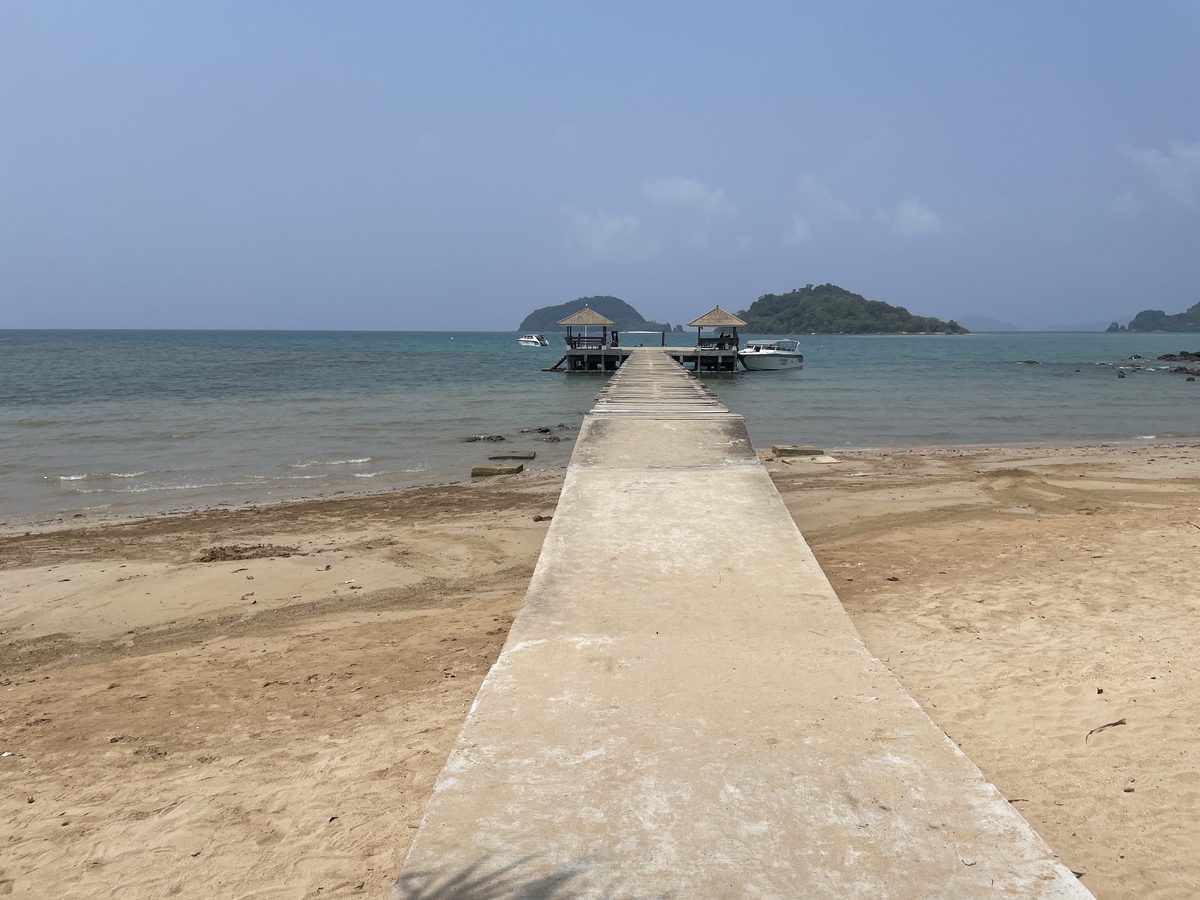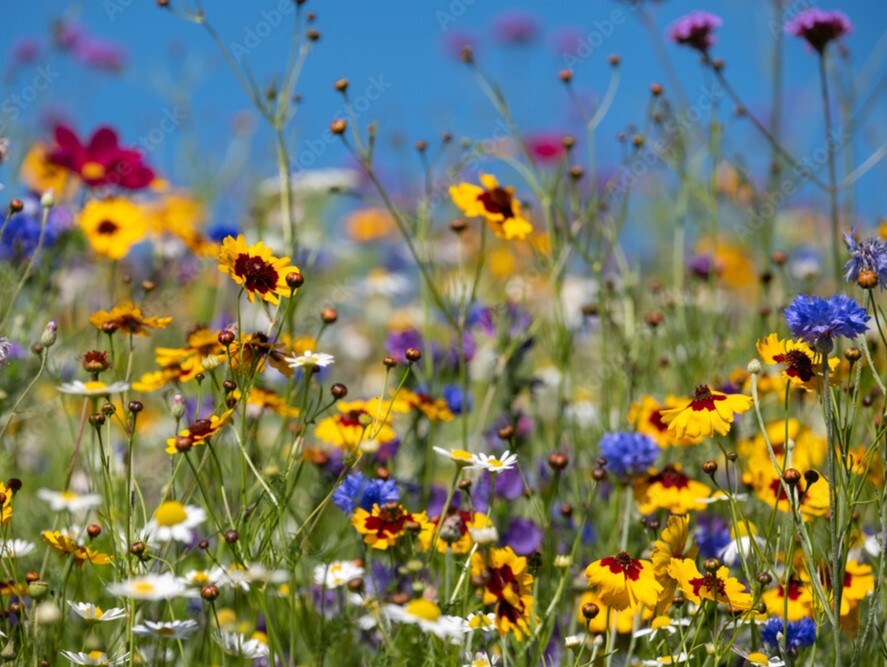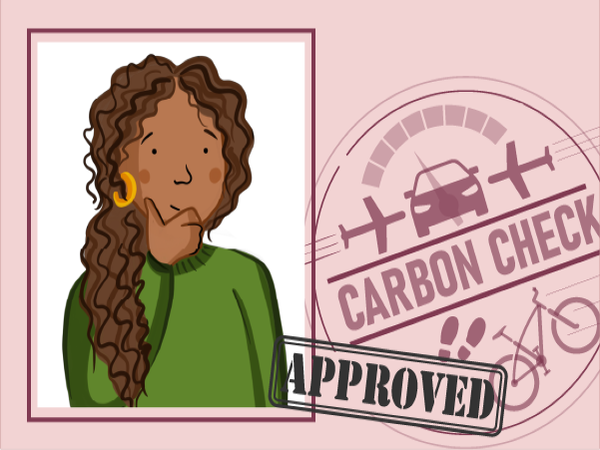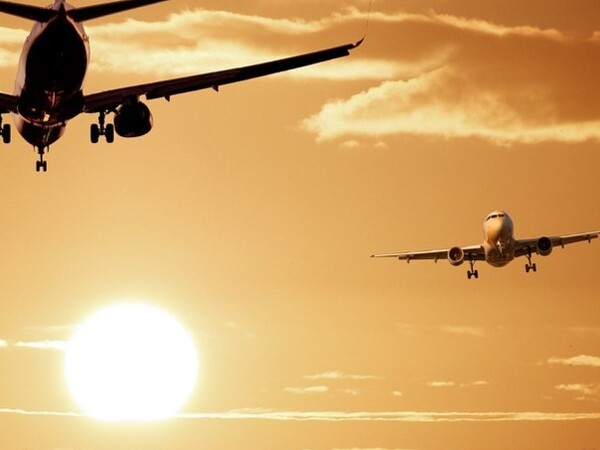Are 1.5oC and net zero meaningful globally?
Indigenous communities and those from the global south are on the frontlines of climate change, althought they have contributed least to carbon emissions. Despite this, they’re often leading the way when it comes to efforts to lower carbon emissions and the global temperature.

“The problem… a lot of climate-vulnerable and other small island states have is that no matter what we do nationally, it will never be enough to counter what is happening globally,” says Sabra Ibrahim Noordeen, special envoy for climate change at the President’s Office of the Maldives. “If global emissions don’t come down significantly, and if that’s not reduced by the highest emitters, we can’t get our global temperature rise down to 1.5 degrees.”
The Paris Agreement, an international treaty on climate change signed by 196 parties in 2016, commits countries to ensuring that the global average temperature doesn’t climb to 2°C. To achieve this, carbon emissions need to be cut by at least 45% by 2030. Consequently, many countries, including the United Kingdom, have committed to reducing emissions to a level as close to zero as possible.
Unfortunately, progress isn’t on track, extreme weather events are increasing, and communities in least developed countries and small island states are feeling the full force of a warming planet.
How certain communities are experiencing climate change
“Lack of action at the global level, [for example] failures to handle global CO2 emissions, negatively influences these communities since it increases their exposure to climate hazards,” said Walter Leal, chair of climate change management at the Hamburg University of applied sciences and environment and technology at Manchester Metropolitan University. “Also, as stated in the latest IPCC report… lack of climate action worsens inequalities. For instance, poorer communities become even poorer, due to reduced access to water, or decreases in agriculture yields,” he tells Ocki.
In 2016, warming seas led to coral bleaching in the Indian Ocean, which killed 60% of the Maldives’ coral reefs. These are home to an array of biodiversity that communities depend on as a source of sustenance and income.
“Our islands are so low that in times of heavy rains or tidal surges or floods, it can completely inundate an island,” explains Noordeen. “And there’s no higher ground on a Maldivian island; everything is pretty much close to the seashore.”
In the Horn of Africa protracted drought is leading to deaths from disease, starvation, and conflict. In Asia, the likes of Bangladesh, India, and Afghanistan battle seasonal floods that destroy homes and livelihoods, and in Latin America cyclones continuously threaten communities.
In Thailand, one farmer, Atchara Chumphuka, describes erratic weather that impacts their yields. “It’s very hard for us to guess when it’s going to be cooler to plant, when it’s going to be too cold to start. When it’s too cold, the plant takes longer to grow… and the heat affects everything,” she says.
According to the United Nations, Indigenous peoples who are often more connected to the environment, are also on the frontlines. In the Kalahari Desert in southern Africa, increased wind speeds have swept away vegetation leaving locals with less to eat. In the Himalayas, melting glaciers are affecting communities’ access to clean water and in the Amazon, droughts are sparking forest fires that diminish natural resources.
Data, published in Nature,shows that the livelihoods of over 370 million Indigenous people have been impacted by climate change (see study Impacts of climate change to African indigenous communities and examples of adaptation responses).
All of this is driving people from their homes and exposing them to poorer health and risk of conflict. According to the Internal Displacement Monitoring Centre, 71.1 million people, the highest number yet, were displaced as of the end of 2022, with disasters responsible for 40% of those.

While higher income countries, touted as the largest carbon emitters and those most to blame for the current climate crisis, may also experience drought, floods, and storms, it’s often not to the same level. This is why higher income countries have been called upon to support lower income communities via a new Loss and Damage Fund. Agreed upon at the COP27, the UN Climate Change Conference, once established, it will see compensation directed towards communities experiencing climate change but critics have argued that there should be more investment into tackling climate change now rather than its subsequent damage.
“[While] zero emissions targets are important from a climate change mitigation point of view, these groups naturally prioritise climate change adaptation now, and on how to handle the daily climate impacts they are exposed to. From their perspective, urgent actions are needed on the ground right now,” says Leal.
Local initiatives leading the way
Many communities can’t wait and are already deploying adaptation measures while others’ natural lifestyles have long complimented the earth and its resources. The United Nations Environment Programme, describes an Indigenous approach to nature that seeks to ensure balanced access to water, food, and shelter.
For example, native communities in Hawaii have restored fishpond systems to enhance the production of fish, prevent coral bleaching, and reduce beach erosion. In Bangladesh, floating gardens allow farmers to grow crops regardless of water levels and in Kenya, the Endorois people cultivate drought-tolerant cereals and vegetables.
“Since communities which use traditional knowledge capitalise on experiences that are well established and have passed the test of times, they tend to be more successful,” Leal explains. Indigenous communities are estimated to safeguard 80% of the world’s biodiversity. Such practices mean that land owned by Indigenous communities have lower deforestation rates and higher levels of carbon content.
The problem, however, is that much of the land belonging to Indigenous communities is under threat and has the potential to be mined for its resources. “A lot of times governments are allocating Indigenous lands… to foreign companies that are establishing large scale agriculture plantations, mining and timber operations,” Peter Veit, the land and resource rights initiative director at the World Resources Institute, tells Ocki.
More must be done, says Viet, to protect the land rights of such communities and, with it, the earth.
Elsewhere, the Maldives is already well versed in adaptation measures and has even used sand to build the island of Hulhumalé two metres above sea level. It has also built climate-sensitive housing and urban farming spaces.
In Thailand, the island of Koh Mak in the coastal province of Trat aims to be the country’s first low carbon destination by banning gas-guzzling jet skis, imposing a 10pm bar curfew to limit emissions, and encouraging tourists to engage in sustainable activities. Chumphuka explains how, in the north of the country, she’s also re-landscaped her farm to implement a canal system that means flood water is harnessed in a way that nourishes rather than floods the crops. “Now when the flooding comes, I have no problem because the water comes in and goes out easily,” she says, adding that prior to this it would have destroyed her rice yields.
In Ethiopia, Leal explains how pastoralist communities are also adjusting the size of their herds to better cope with limited water availability while farmers in Zimbabwe are adjusting their sowing seasons using Indigenous knowledge.
WRI’s Viet believes there is a growing acknowledgement that such local and traditional approaches need to be a part of climate action going forward. “At the international level you’re beginning to see more and more recognition of the importance of documenting and bringing customary practices together withs scientific approaches to try to bring the best approaches together in a way that you can scale,” he says.
How citizens can help
Whilst many of these communities seem far away to those in the likes of the U.K., there are still actions those in higher-income countries can take to contribute to lowering the impact of a rising planet on vulnerable communities.
It starts with education, Veit says. “Without the general public’s support a lot of policymakers won’t move on some of these issues.” While individual action can make a difference, oftentimes policy change at the highest levels is most effective, mandating change and widespread action. He calls on individuals to use their voices to ask governments and corporations if they are doing their due diligence in their operations. Are they limiting emissions, adopting sustainable practices, and ensuring no protected land is taken from Indigenous communities?
Without the general public’s support a lot of policymakers won’t move on some of these issues
Supporting international efforts, such as the Forest People’s Program, which works to secure more funding for Indigenous and local communities to secure their land rights, can also help, Viet says. For businesses, The Columbia Center on Sustainable Investment has created a guide that outlines how such communities can be appropriately included in wind and energy initiatives. The World Economic Forum has also called for better defence Indigenous peoples’ rights.
At the same time, when visiting countries more vulnerable to extreme climate impacts, individuals could make more sustainable choices. For example, in the Maldives, Nordeen says resorts, such as Six Senses, are transitioning to using renewable energy, opening marine conservation programs, and implementing protected areas of the ocean. “It makes financial sense and also fits into the sustainability narrative,” she tells Ocki. “It is in everybody’s benefit to keep these areas as healthy as possible.”
Find out more...IPPC’s sixth assessment report UN Department of Economic and Social Affairs webpage on climate change and indigenous peoples CARE International top ten takeaways from IPPC Report The Paris Agreement The United Nations 2022 Emissions Gap report UN Net Zero commitments tracker New Scientist 2016 article on coral reef bleaching in the Maldives UNHCR webpage on drought emergency in the Horn of Africa The International Federation of Red Cross and Red Crescent Societies (IFRC) press release on seasonal flooding in SouthEast Asia Statista data on tropical cyclones in Latin America and the Caribbean Nature report Impacts of climate change to African indigenous communities and examples of adaptation Internal Displacement Monitoring Centre 2022 report COP27 announcement of Loss and Damage Fund Unep nature action story on Indigenous people and the nature they protect UN article on how Indigenous communities enrich climate action University of Sheffield study Reduced deforestation and degradation in Indigenous Lands pan-tropically World Resources Institute article 4 Ways Indigenous and Community Lands Can Reduce Emissions Global Center on Adaptation article on the island of Hulhumalé World Economic Forum article on How to include indigenous people in climate action |
Activate employees
Find out how OckiPro membership engages employees to deliver sustainability impact.
Get Involved
There are many ways to get involved with Ocki and its community. To find out more, click the button below




